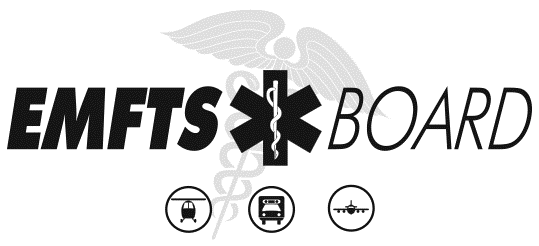For the first time ever, we are holding an evening session of the very popular “Dawn of a New Day” Mass Casualty Incident (MCI) Tabletop Exercise (TTX),” and this is an exercise you’ll want to do!
The Southwest Ohio Regional Trauma System (SORTS), GDAHA, and Dayton MMRS invite you to attend an exercise hosted by Dayton Children's Hospital (DCH). This exercise has been specifically designed to help physicians, nurses, and personnel from all areas of hospitals, as well as EMS, law enforcement personnel and others, prepare for an overwhelming MCI such as those at the Orlando Pulse incident, or the attack on the Route 91 Harvest Festival in Las Vegas. This exercise will raise dozens of questions about your preparedness for a mass casualty incident, require you to make quick decisions about what you would do in response, and force you to triage which decisions you need to make now and which can be postponed.
All personnel are invited to attend. The exercise will be conducted on Wednesday evening from 4:00 PM to 9:00 PM, August 14, 2019 and space is limited, so sign up soon!
To attend, simply sign up here: https://www.surveymonkey.com/r/19ANightTTX
or use this from your smart phone: 
This exercise has been developed specifically for our region’s hospitals and public safety organizations. As mentioned, DCH is the first hospital in our region to make this exercise available during the evening (following recommendations from groups such as the Nevada Hospital Association, based on lessons learned from the Las Vegas incident). There is no cost to attend, and the exercise will include dinner compliments of DCH. EMS Continuing Education credits (usable by nurses) will also be provided at no charge.
When you have completed the sign-up survey form, it will show a message saying you have successfully registered. You will receive additional information by email, including location information and pre-exercise materials, a few days before the TTX.
The exercise will be different from other training exercises you or your personnel have attended. The TTX will focus on response activities to a disastrous situation and include the impacts throughout all aspects of hospital and public safety operations.
Again, the TTX is titled Dawn of a New Day, and will be held Wednesday evening, August 14, 2019 with a free meal and Con Ed.
MMRS/RMRS/EP Coordinator
Department of Fire I City of Dayton
300 N. Main St. I Dayton, Ohio 45402
 Office 937.333.4551 I Fax 937.333.4561 I www.daytonohio.gov
Office 937.333.4551 I Fax 937.333.4561 I www.daytonohio.gov
24/7 Pager: 937-227-8705 or E-mail 9372278705@archwireless.net
Cell 937.776.4410
david.gerstner@daytonohio.gov I http://DaytonMMRS.org







